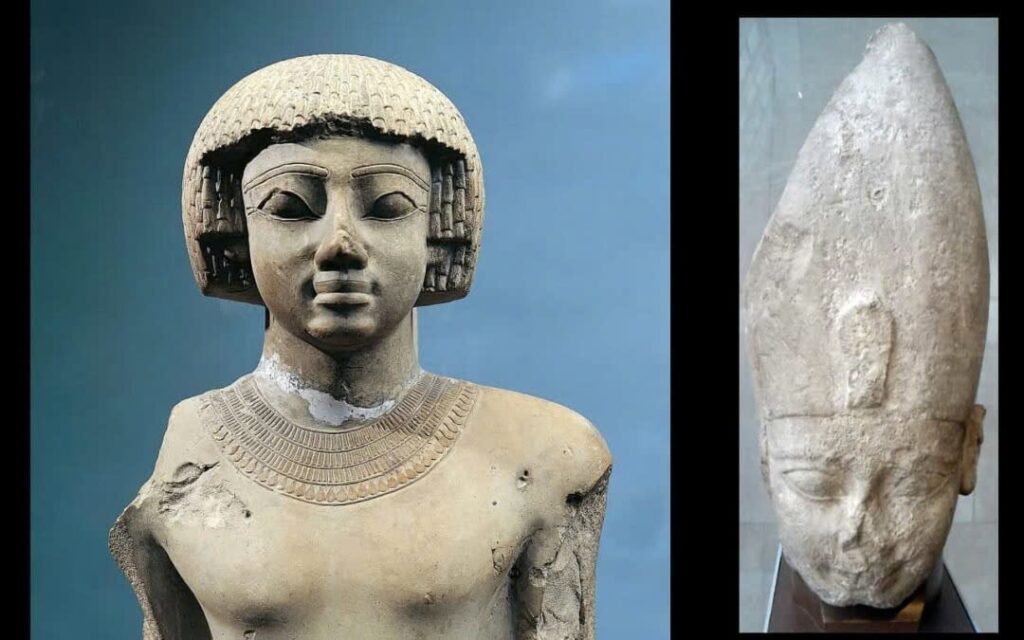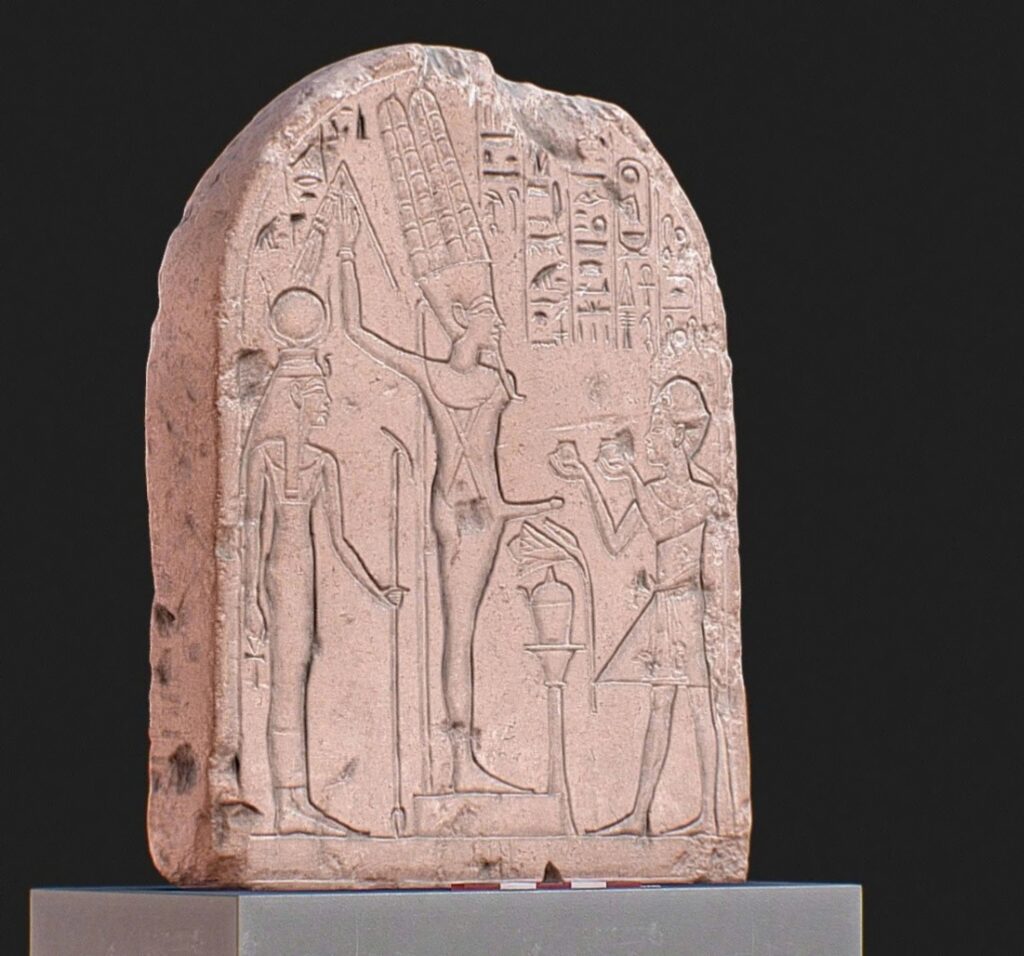In the fascinating story of ancient Egypt, few chapters stand out as much as the posthumous resurgence of King Ahmose. This tale of royal revival, stretching over nearly two centuries, reveals the deep interconnections of politics, religion, and art in the world of the pharaohs.
The Mysterious Stele of Ahmose
At the heart of this narrative is an extraordinary artifact: a finely crafted stone stele honoring King Ahmose, the founder of Egypt’s legendary 18th Dynasty. While Ahmose ruled from 1539 to 1515 BC, this particular stele was made much later, during the reign of the young pharaoh Tutankhamun (1332–1323 BC).

A Turning Point in Egyptian History
The creation of this stele coincided with a crucial shift in Egyptian history. After the controversial reign of Akhenaten, who had abandoned Egypt’s traditional polytheism in favor of worshipping a single sun god, Tutankhamun’s reign marked a return to orthodoxy. This revival included the reestablishment of royal cults, one of which was dedicated to King Ahmose in the sacred city of Abydos.

A Window into Ancient Egyptian Art and Religion
The stele’s intricate relief carvings provide a wealth of knowledge for art historians and religious scholars alike. It shows King Ahmose, his name surrounded by a royal cartouche, offering ritual vessels to the gods Amun-Kamutef and Isis.
Ahmose is depicted in regal attire, wearing the iconic Blue Crown (Khepresh) adorned with a cobra (uraeus), a broad collar, and a short kilt. Before him is an offering table with a jar crowned by lotus flowers, symbolizing rebirth.
Amun-Kamutef, represented in his ithyphallic form, stands as a symbol of fertility, while Isis, the revered goddess, holds the scepter of power and the ankh, the symbol of eternal life.
A Lesson in Egyptian Royal Ideology
This stele is not just an artistic masterpiece but also a powerful statement of royal ideology. The accompanying hieroglyphic text hails Ahmose as “The King of Upper and Lower Egypt, Lord of Action, Lord of Appearances,” reinforcing his divine right to rule a unified Egypt.

The fact that this stele was created long after Ahmose’s death demonstrates how later pharaohs sought to legitimize their rule by associating themselves with revered predecessors.
The Enduring Legacy of King Ahmose
As we examine this ancient relic, we are reminded of the dynamic history of ancient Egypt. King Ahmose, who liberated Egypt from foreign domination and ushered in a new era of imperial greatness, continued to inspire devotion for centuries after his death.

This stele stands as a testament to the cyclical nature of Egyptian thought—where history was constantly reinvented to suit the present, and where a pharaoh’s legacy could endure for millennia.

